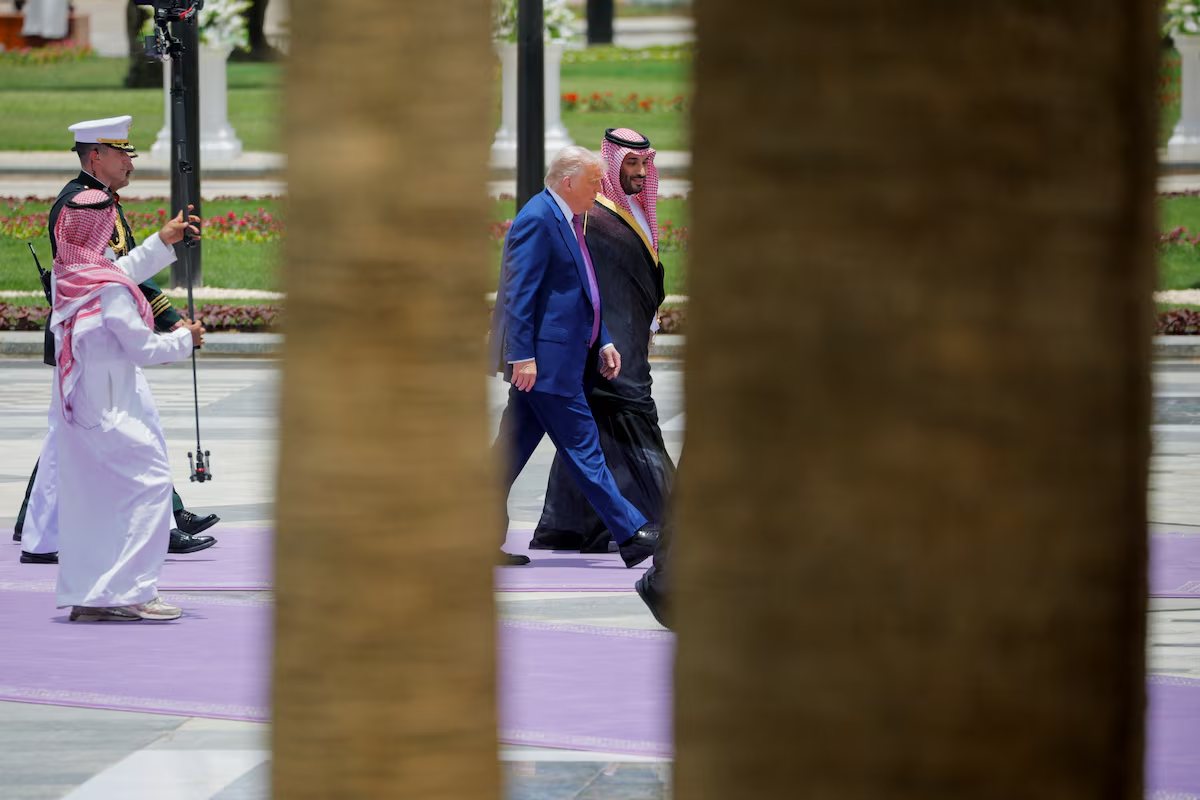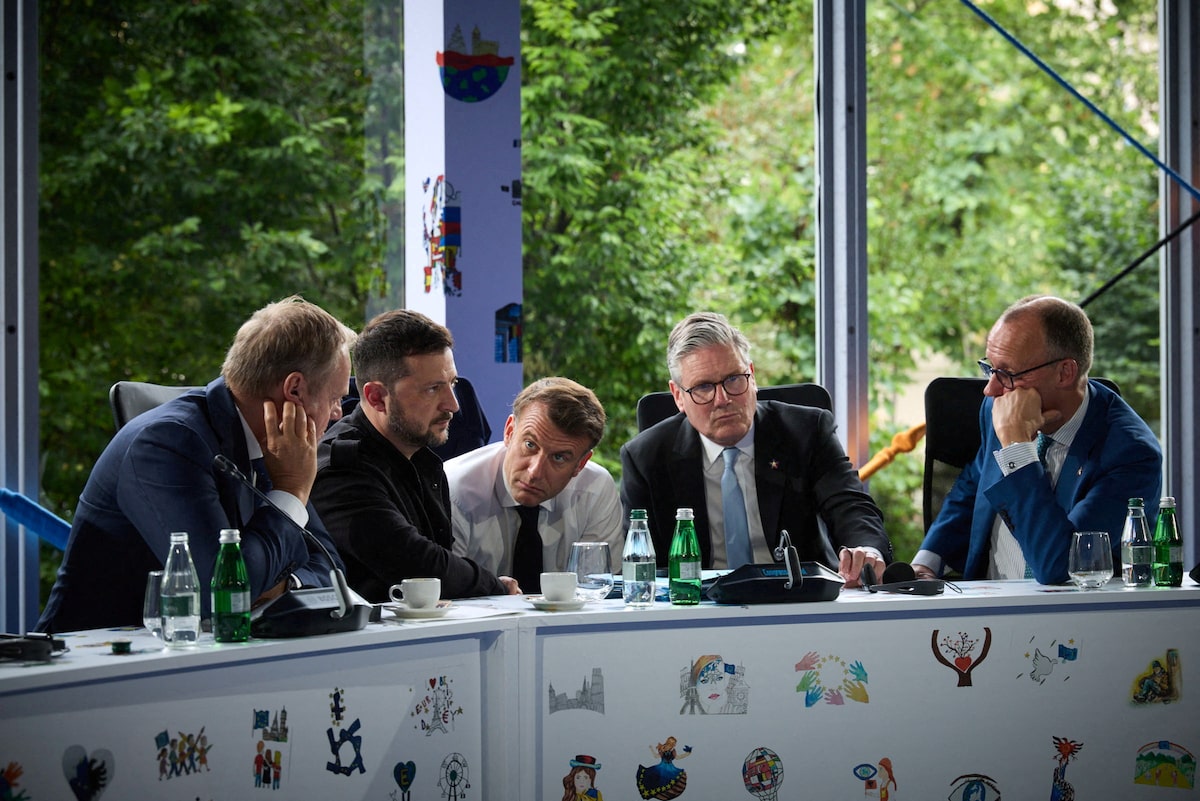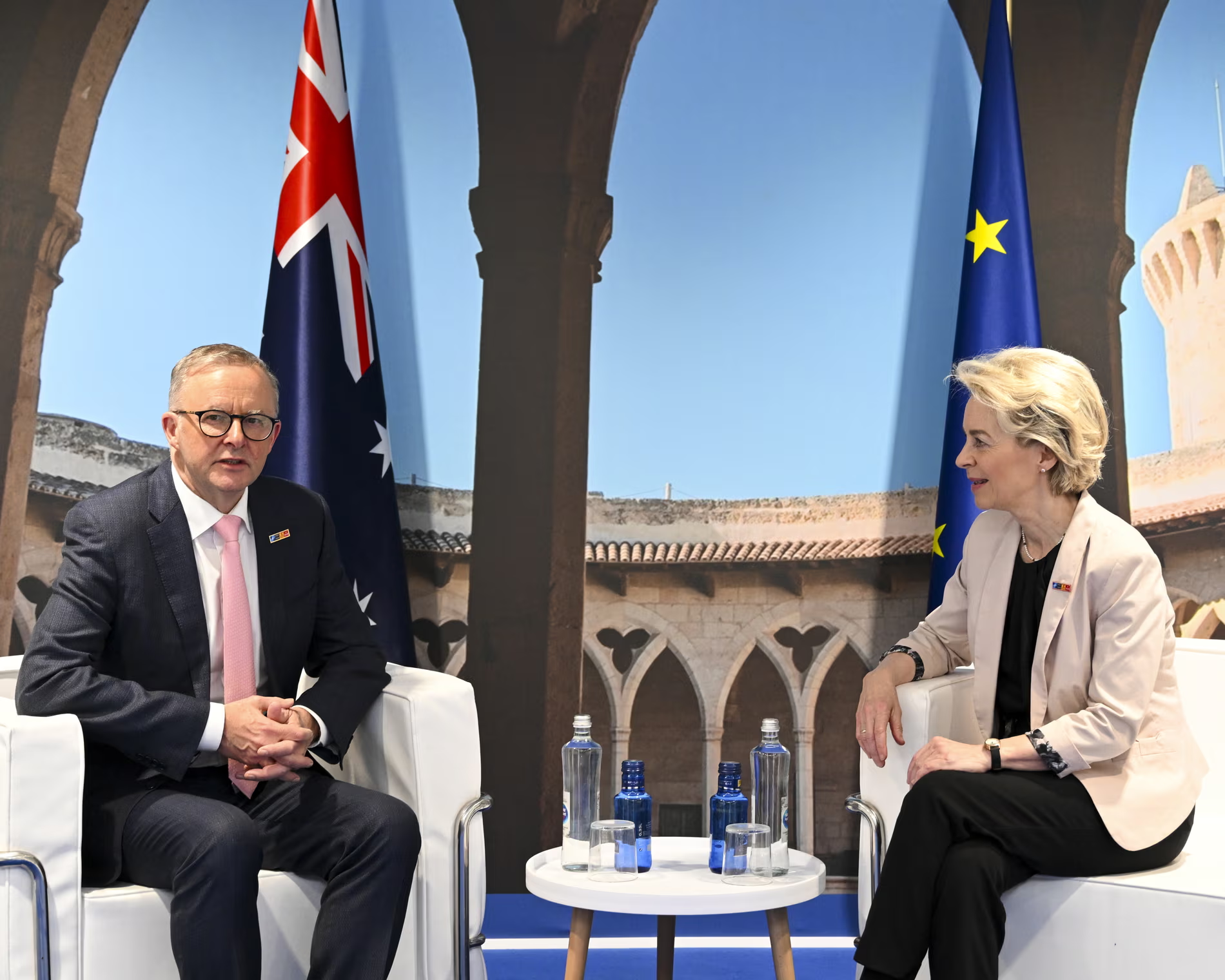On May 13, 2025, U.S. President Donald Trump commenced his Middle East tour in Riyadh, Saudi Arabia, marking a significant milestone in U.S.-Saudi relations. The visit resulted in a monumental $600 billion investment pledge from Saudi Arabia, encompassing sectors such as defense, energy, artificial intelligence (AI), and infrastructure. This development underscores a strategic shift in U.S. foreign policy, emphasizing economic collaboration over traditional security concerns.
A Historic Economic Partnership
The $600 billion investment package includes a record-breaking $142 billion defense sales agreement, potentially involving advanced weaponry like Lockheed F-35 jets. Additionally, Saudi-based DataVolt committed $20 billion to U.S. AI data centers and infrastructure, while joint U.S.-Gulf tech commitments totaled $80 billion, involving major companies such as Google, Oracle, Salesforce, AMD, and Uber.
Further deals encompass GE Vernova’s $14.2 billion gas turbine exports, a $4.8 billion Boeing aircraft deal, and Shamekh IV Solutions’ $5.8 billion healthcare investment in a Michigan plant. Saudi Aramco also signed memorandums of understanding with U.S. energy firms NextDecade and Sempra.
Advancing AI Collaboration
A notable highlight of the visit was the announcement of a strategic partnership between Nvidia and Saudi Arabia’s sovereign wealth fund-owned startup, Humain. This collaboration aims to bolster the kingdom’s AI ambitions, with plans to build AI factories powered by up to 500 megawatts and deploy hundreds of thousands of Nvidia GPUs within five years. The initiative aligns with Saudi Arabia’s Vision 2030 strategy to diversify its oil-dependent economy and establish itself as a global AI hub.
Geopolitical Implications
President Trump’s visit notably excluded Israel from his itinerary, raising questions about the nation’s standing in U.S. policy amid ongoing Middle East tensions, particularly concerning Gaza and Iran. Efforts to expand Israeli recognition by Arab states are ongoing, though Israel’s reluctance to end hostilities in Gaza may hinder progress on Saudi normalization.
Meanwhile, U.S. officials held talks with Iran in Oman regarding its nuclear program, and President Trump hinted at possible military action if diplomacy stalls. These developments indicate a complex geopolitical landscape, with the U.S. balancing economic interests and regional security concerns.
Conclusion
President Trump’s Gulf tour, highlighted by the substantial Saudi investment pledge, signifies a pivotal moment in U.S.-Middle East relations. The focus on economic collaboration, particularly in defense and AI sectors, reflects a strategic realignment of U.S. foreign policy priorities. As the region navigates ongoing conflicts and diplomatic challenges, the outcomes of this visit may have lasting implications for international partnerships and geopolitical dynamics.
Source: Reuters



